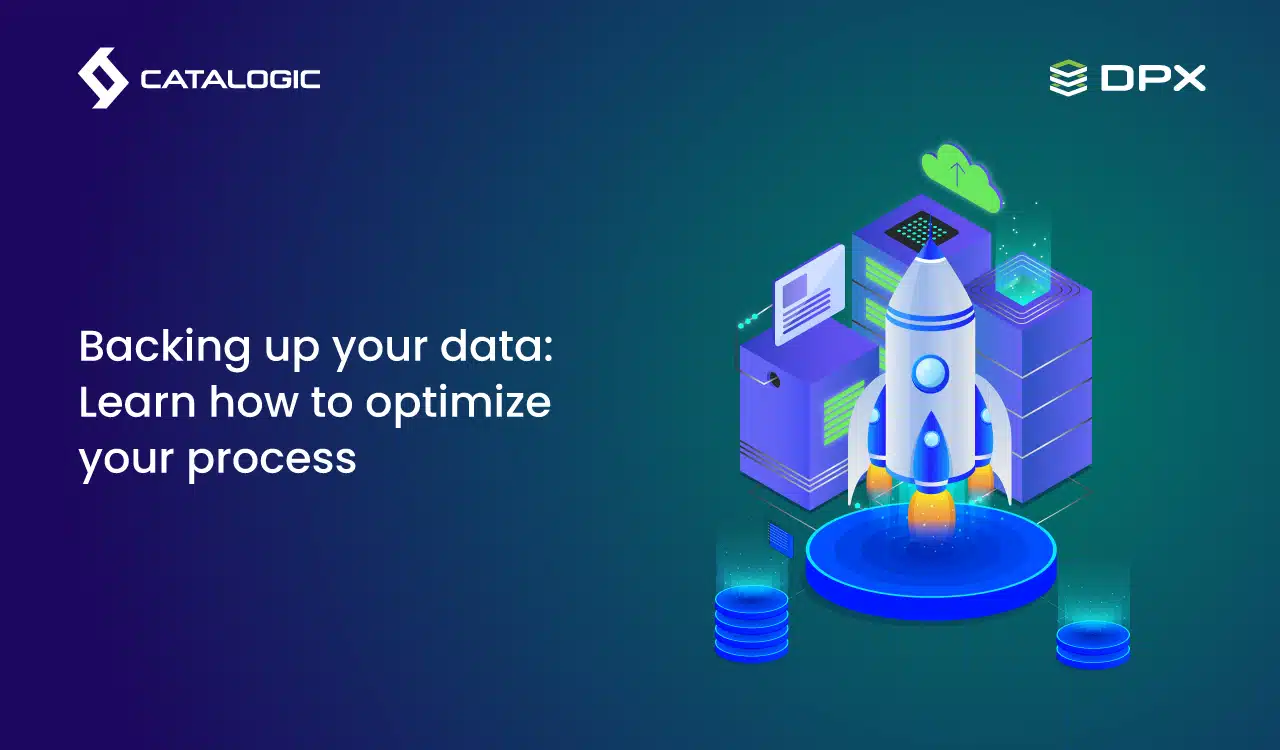Speed and Efficiency: Making Your Backup Faster and Smoother

Backing up your data is like packing an emergency kit. You hope you never need it, but if disaster strikes, you’ll be glad it’s there. Yet, for many businesses, backup processes can feel more like packing a suitcase with everything you own, just in case. It’s time-consuming and cumbersome.
What if I told you it didn’t have to be? Optimizing your backup process can make it both fast and efficient, reducing the time it takes and ensuring you’re only ‘packing’ what you need.
The Basics: Why Speed and Efficiency Matter
Are you trying to save every file that you have on your system? If you copy them one by one to your storage device, it’ll take forever. But if you find a faster way, you save time and effort. Right?
That’s what we aim for in backup processes. Faster backups mean less downtime and more time for important tasks. Efficient backups ensure you’re not wasting space or resources, like packing a suitcase neatly to fit more inside.
The First Steps to a Smoother Backup
- Know What You’re Packing: Understand what data you really need to back up. Not everything might be essential. This step makes sure you’re not wasting time on unnecessary items. (Catalogic DPX GuardMode can help you understand what is changing in your file system.)
- Schedule Wisely: Plan your backups during off-peak hours. It’s like avoiding traffic by traveling at night. This way, you don’t slow down your business’s daily operations.
- Use the Right Tools: Imagine trying to dig a hole with a spoon when you could use a shovel. The same goes for backups. Use software that’s designed to make the process quicker and more efficient.
Dive Deeper: Advanced Techniques
Incremental and Differential Backups
Your data backup is efficient when it’s adding only new or changed information rather than copying everything again. Two types do this, unlike the full backup. Incremental backups add only the most recent changes. Differential backups include all changes made since the last complete backup.
Both approaches help save time and storage space without affecting the file restore ability. You can still recover your data fully, or just the individual files.
Smart Use of Technology
Compression and Deduplication
These are like packing a suitcase by rolling clothes and removing items you already packed. By compressing data and removing duplicates, you save space and speed up backups.
Automation
Automate the backup process. It’s like setting an alarm to remind you to pack. This way, backups happen on schedule without you having to start them manually.
Cloud Backups
Using the cloud is like having a storage unit. (Unlike an external hard drive, you will not forget to pack it to take with you.) It’s an extra space outside your home where you can keep things safe. Cloud backups add an extra layer of security and accessibility.
Real-Life Example: Local University
Let’s consider a university that needs to back up its operating systems, schedules, teachers’ data, and student records. Initially, they copied everything manually every night, which took hours and slowed down their closing process.
By identifying only the essential data to back up (like new records or scheduled updates from that day) and automating the process, they cut down the backup time significantly. They also started using cloud backups for an extra layer of protection, ensuring that even if their on-site systems failed, they wouldn’t lose their precious data.
Putting It All Together
Remember, the goal is to make backups so seamless that you barely notice them happening but comprehensive enough that you’re fully protected in any scenario. It’s about finding that sweet spot where speed meets efficiency.
Why Catalogic DPX?
Now, let’s talk about Catalogic DPX, a tool that embodies the principles we’ve discussed. Catalogic DPX offers incremental and differential backups for both file backup and block backup. We’ve designed it to streamline your backup processes. Now, you can run it as efficiently and painlessly as possible.
Its new HTML UI makes things simpler and faster. Its growing REST API allows for integration with your existing infrastructure and ecosystem. Whether it’s data backup or data recovery – it’s all there.
Catalogic DPX stands out because it simplifies the complex. It offers incremental and differential backups, data compression, deduplication, and immutability at rest (thanks to snapshot technology), and automation in one package. Plus, it supports cloud storage for archiving and offloading, making it a versatile tool for any business’s backup strategy.
Conclusion: The Path to a Smoother Backup Process
In today’s fast-paced world, efficiency is key. Your backup process shouldn’t be a bottleneck or a chore. By understanding your needs, leveraging advanced techniques, and using tools like Catalogic DPX, you can transform backups from a tedious task into a streamlined part of your daily routine.
Remember, the ultimate goal is to ensure your data is safe and sound without slowing you down. So, take the steps to optimize your backup process today. Your future self, faced with a data emergency, will thank you.
Ready to safeguard your data with ease? Fill out our contact form now and let’s get your backup strategy bulletproof!

